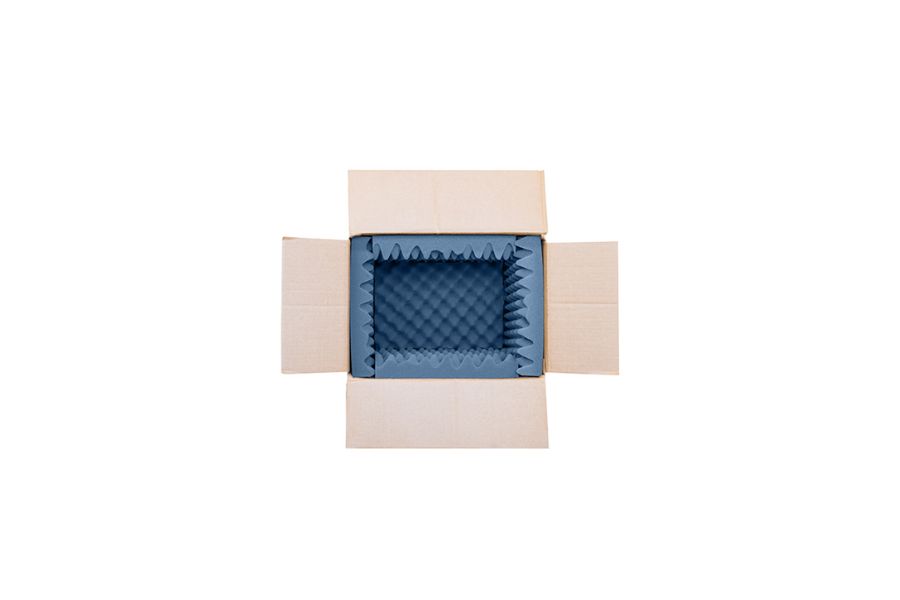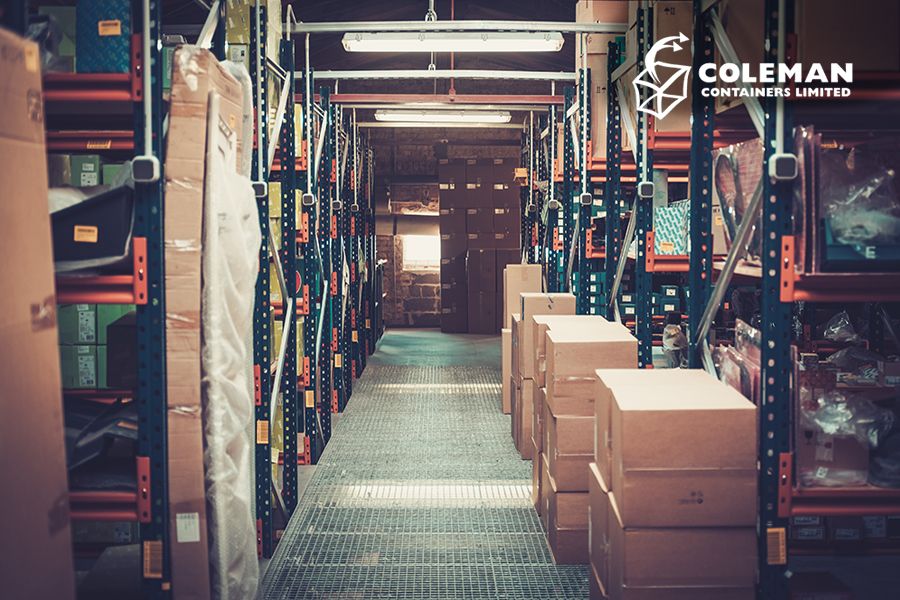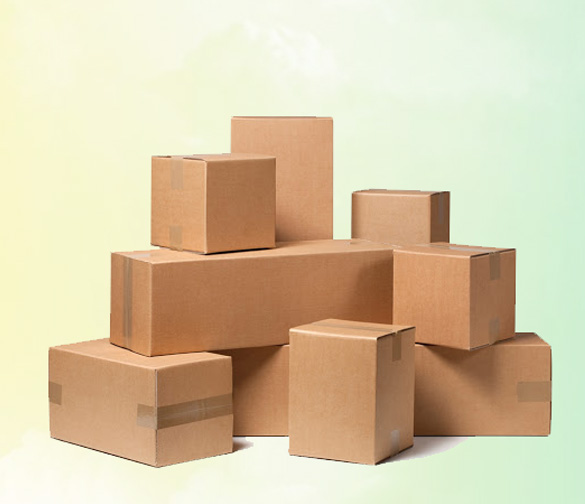

The medical device packaging industry is a highly specialized field that requires an understanding of the unique needs of these products. In order to ensure safe delivery and quality, manufacturers must consider factors such as product size, material composition, sterilization requirements, and labeling. Let’s take a look at some of the important considerations when it comes to medical device packaging.
The size and shape of a medical device will determine the type of packaging required. For example, a small device may require a box or pouch while larger items might need to be shipped in bulk trays or racks. The material used for the package must also be able to withstand any physical demands that may occur during shipping and handling without compromising the integrity of the contents inside. A medical packaging company can help determine your unique needs.
When looking for medical packaging solutions, manufacturers should consider both safety and cost-effectiveness. For example, polyethylene plastic is lightweight yet strong enough to protect fragile items from damage, making it an ideal option for many medical devices. Additionally, materials used for medical device packaging must meet FDA regulations regarding biocompatibility and compatibility with sterilization methods such as gamma ray radiation or ethylene oxide gas sterilization.
In addition to being properly marked with serial numbers and expiration dates, all medical devices must also have clear instructions on how they should be handled during transit. This includes information on temperature ranges and other environmental conditions that could affect its performance during storage or transport. It is also important to include any warnings or precautions associated with usage of the product so that users can make informed decisions about its use.
Medical devices are often sensitive to changes in temperature. Therefore, packaging must be designed to maintain a consistent temperature so that the product doesn’t become damaged or compromised. Temperature-controlled containers and insulated foam liners can help protect products from extremes of heat or cold during transit.
By considering these factors, manufacturers can ensure that their medical device packaging meets the highest standards and keeps products safe from damage during transit. Quality assurance measures such as inspecting materials and testing products before shipment can also help ensure that only safe, high-quality medical devices reach their destination. With proper packaging design and quality control, manufacturers can ensure that their medical device packaging remains reliable and effective in delivering customers’ products safely
As you can see, there are several considerations when it comes to ensuring quality in medical device packaging. By taking into account factors such as product size and shape, material composition, label requirements, and sterilization processes, manufacturers can ensure their products are safely transported from point A to point B without compromising quality or functionality. With the right approach, manufacturers can rest assured that their products will reach their end users in perfect condition every time!
Visit our website for more on medical packaging.




Get Free Estimate!
